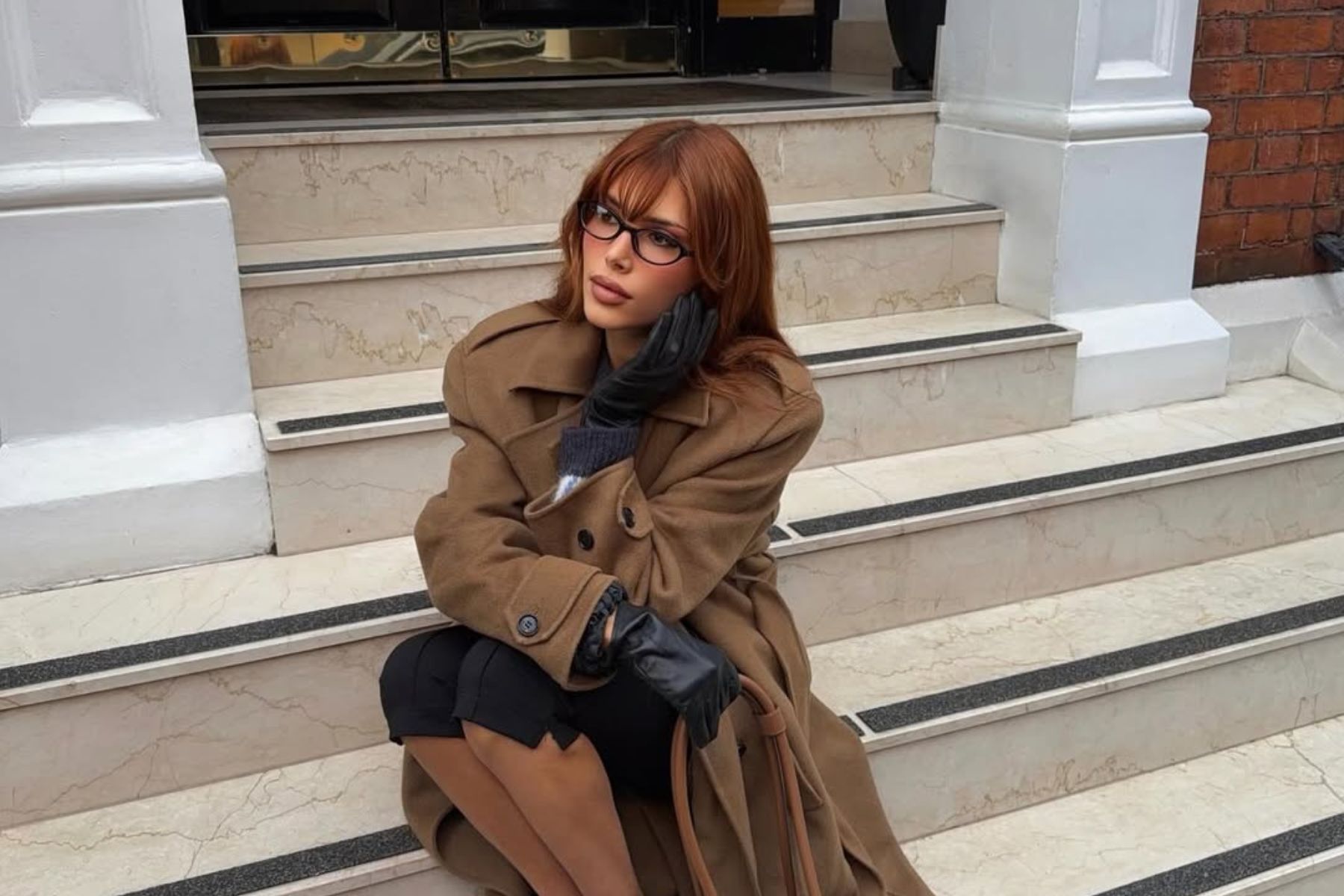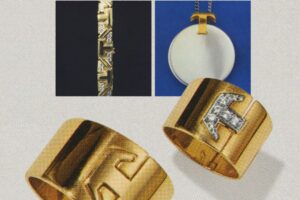Fashion has the reputation of being a form of art and self-expression. In reality, this multi-million dollar industry encompasses more than just aesthetics. The psychology of fashion suggests our day-to-day clothing choice can consciously and subconsciously play a role in our mood and mental health. So, if you find yourself feeling blue or vigilant, buckle up – here’s how fashion can be your next form of therapy!
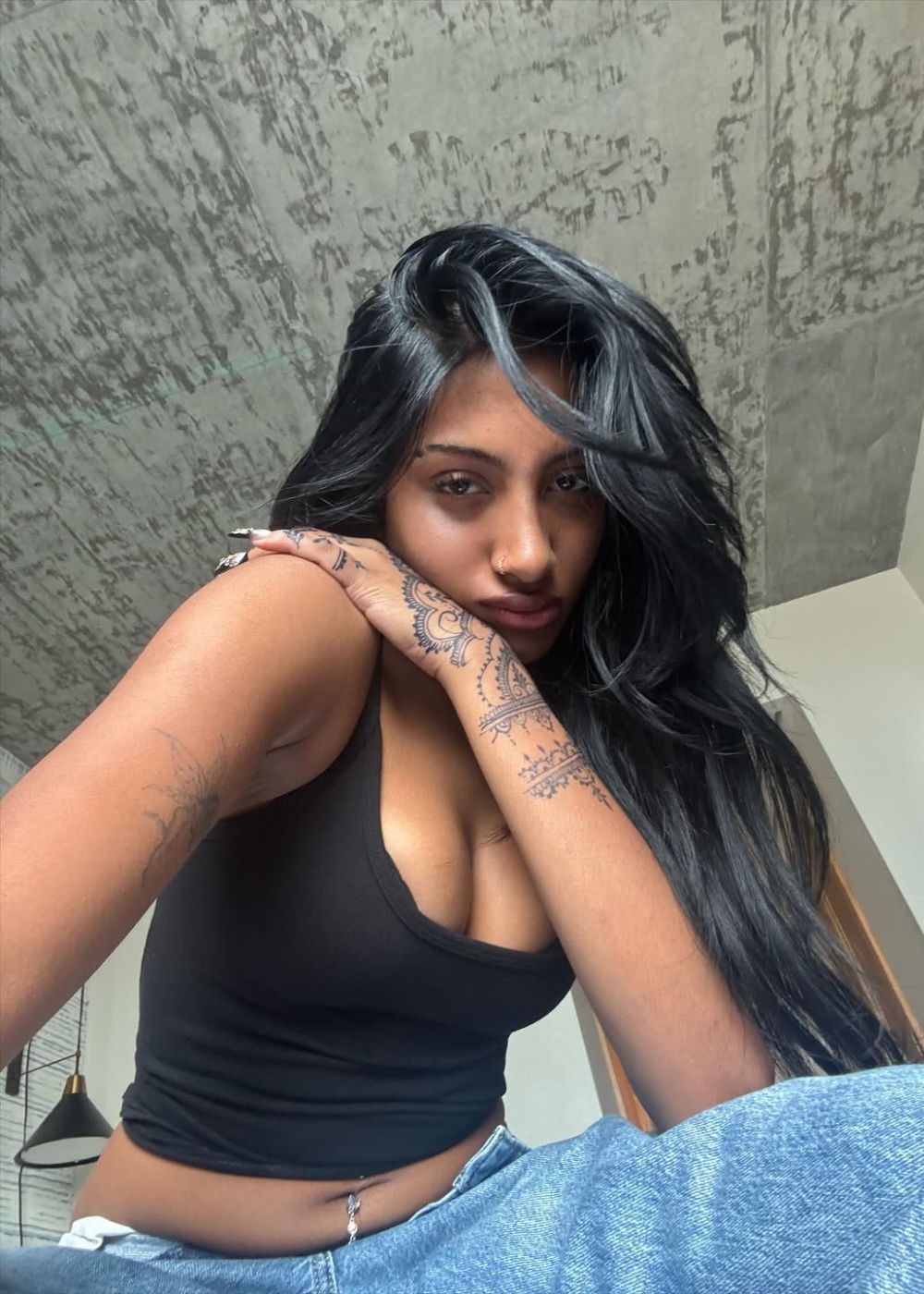
Fashion as self-care
Did you know that the mere act of dressing up can serve as a form of self-care? Constructing an outfit can set the tone for the rest of the day. Fashion is a form of art that is subjective, serving as a medium of expressing creativity. There’s no right or wrong to it – the worst possible thing that could happen is maybe you’ll cringe on the phase you had a few years later. But hey, we all do.

Day-to-day clothing choices
There are various factors and subtle changes in our everyday clothing that influence our mood and mental health, both short-term and long-term. From fabrication to the cut and silhouette, each detail affects the way we feel.
Material matters. Picture a cotton shirt versus a polyester shirt – which one brings you more comfort and puts you in a better mood? The amenity of clothing materials reduces stress and helps maintain body temperature, making the wearer feel better mentally.
Similarly, wearing your favourite clothes evokes good emotions. It brings a sense of self-assurance that dominoes into combating anxiety. If you are encountering angst, try opting for comfortable signature everyday clothes.

While not always necessary, riding on trends can be turned into a positive skill. Trends pass by fast and constantly change, so following the new and ever-turning fashion waves develop courage and a sense of adaptation to community and situations.
For many, sustainability adds an emotional layer to dressing up. Some thrift for the dopamine hit after finding a rare thrifted piece. For those who do it for ethical reasons, slow fashion creates a sense of purpose that goes beyond clothes into advocacy. Gen Z pushes this further by building a community surrounding sustainability. The proof lies in rave sessions at Ok Go Store or the ‘cool kid’ reputation of Taman Paramount and SS15.
On the other hand, an extensive abstract silhouette draws attention, giving the wearer a boost in confidence that is sought after especially during big nights. Why do you think Met Gala dresses are often long, layered, and voluminous?
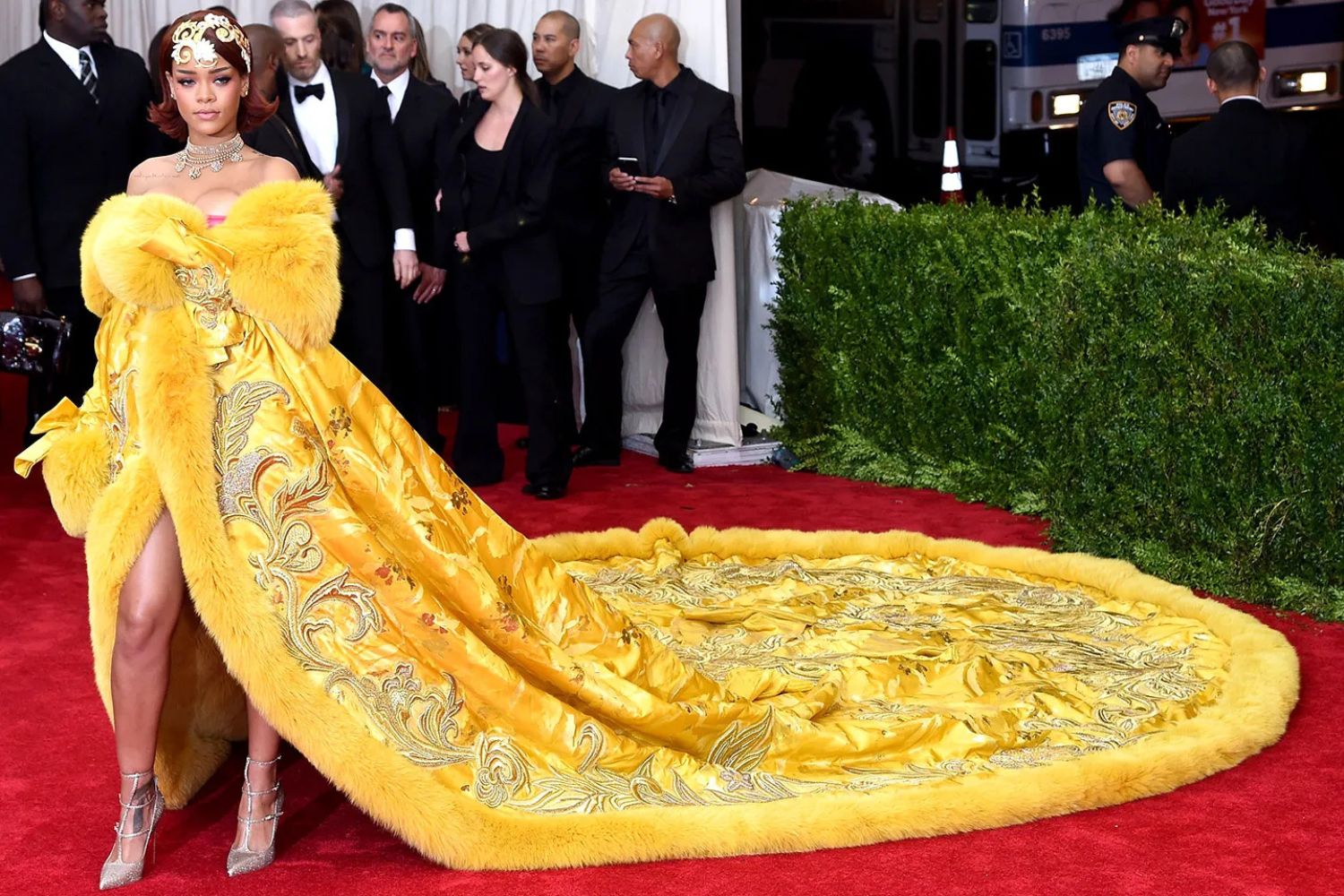
Colour theory impact on mood
The simplest day-to-day analogy on the connection between colour and mood is wearing black for funerals. It is common courtesy to be drenched in black during a burial ceremony to signify solemnity and grief. Colour is a form of communication that expresses what we feel and think. These are colours to wear to evoke the mood you want to set.
Calm: If you want to keep a calm mood, opt for colours related to nature, such as blue and green. They reflect the colour of the sky, sea, and trees. It brings a grounding effect to the wearer, anchoring energy while exuding a quiet confidence.
Confident: Red and black impart a powerful effect that adds a dose of self-confidence. Try wearing them during important work meetings or romantic nights. The power of red runs in the littlest details, including nails. No wonder the red nail theory continues to allure and spark fascination.
Enthusiastic: To spark energy, try putting on bright colours, such as orange and yellow, for instance. Think of industrial vests, cones, and a lot of fast food chains (like McDonalds!). They are all either in orange, yellow, or a bright neon colour. These hues can bring out the wearer’s extroverted side – suitable for a night out, parties, or any time you want to add a touch of drama.
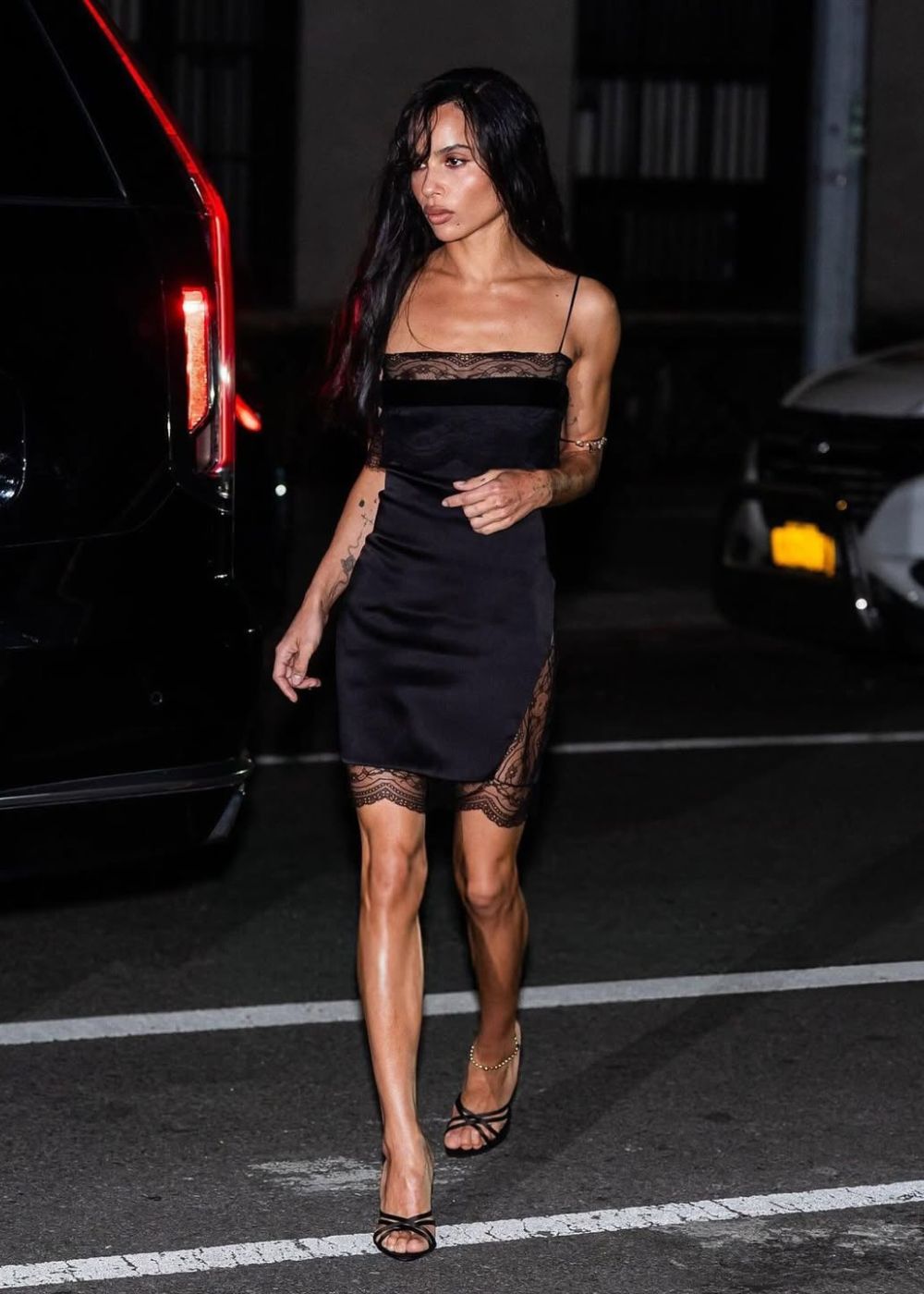
To read more about fashion, click here.


